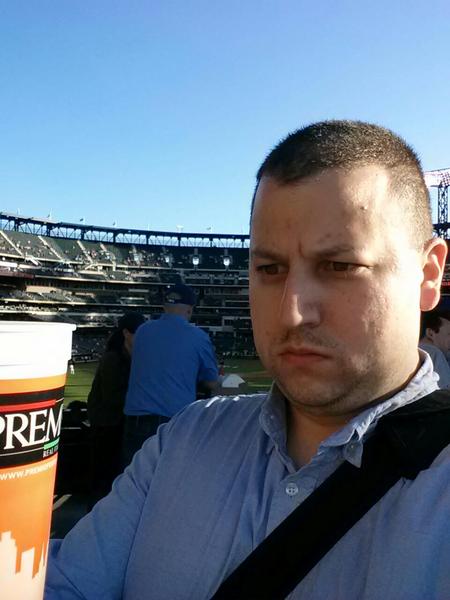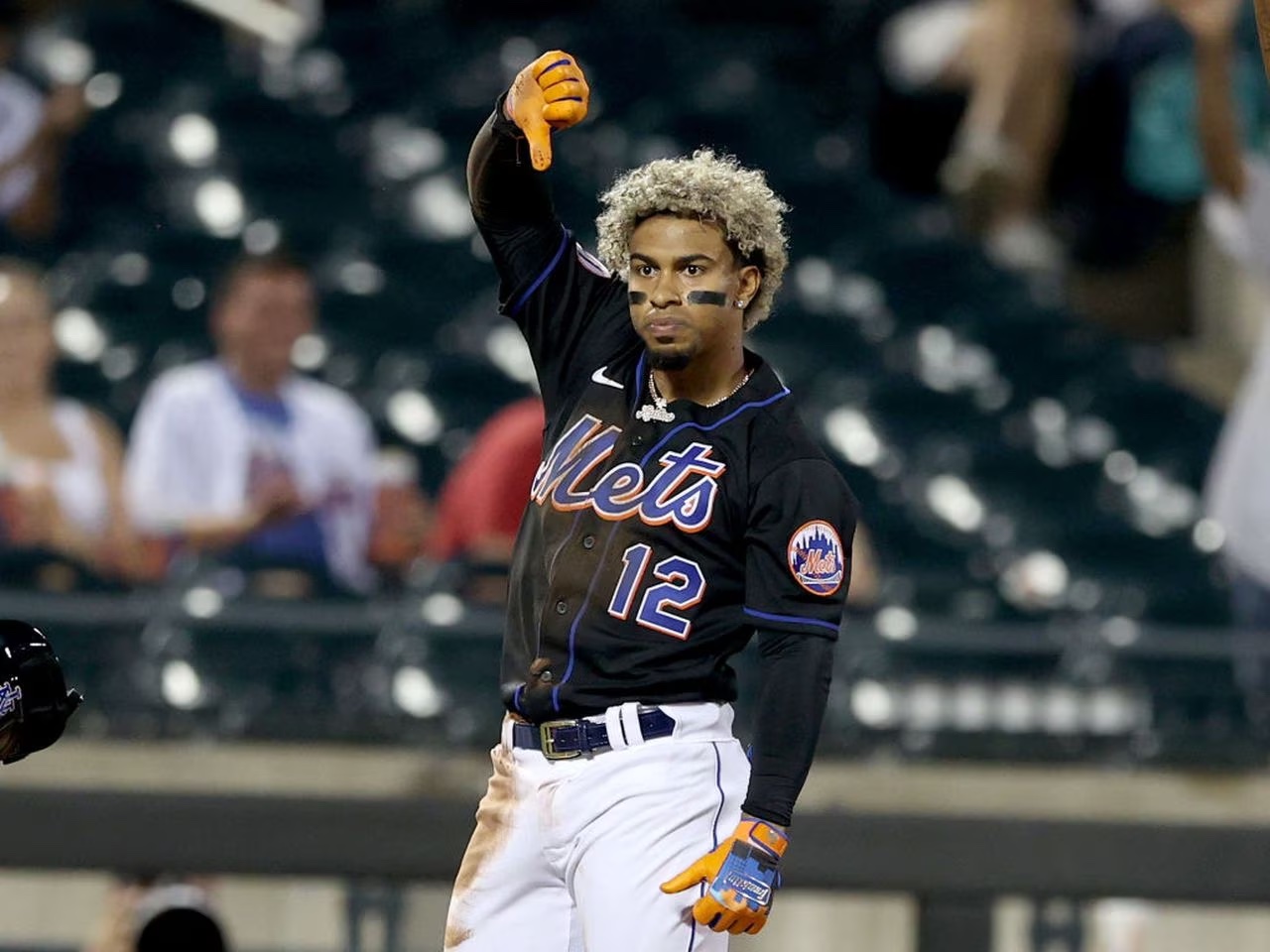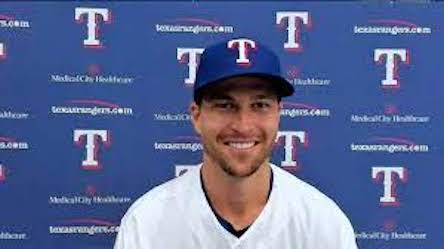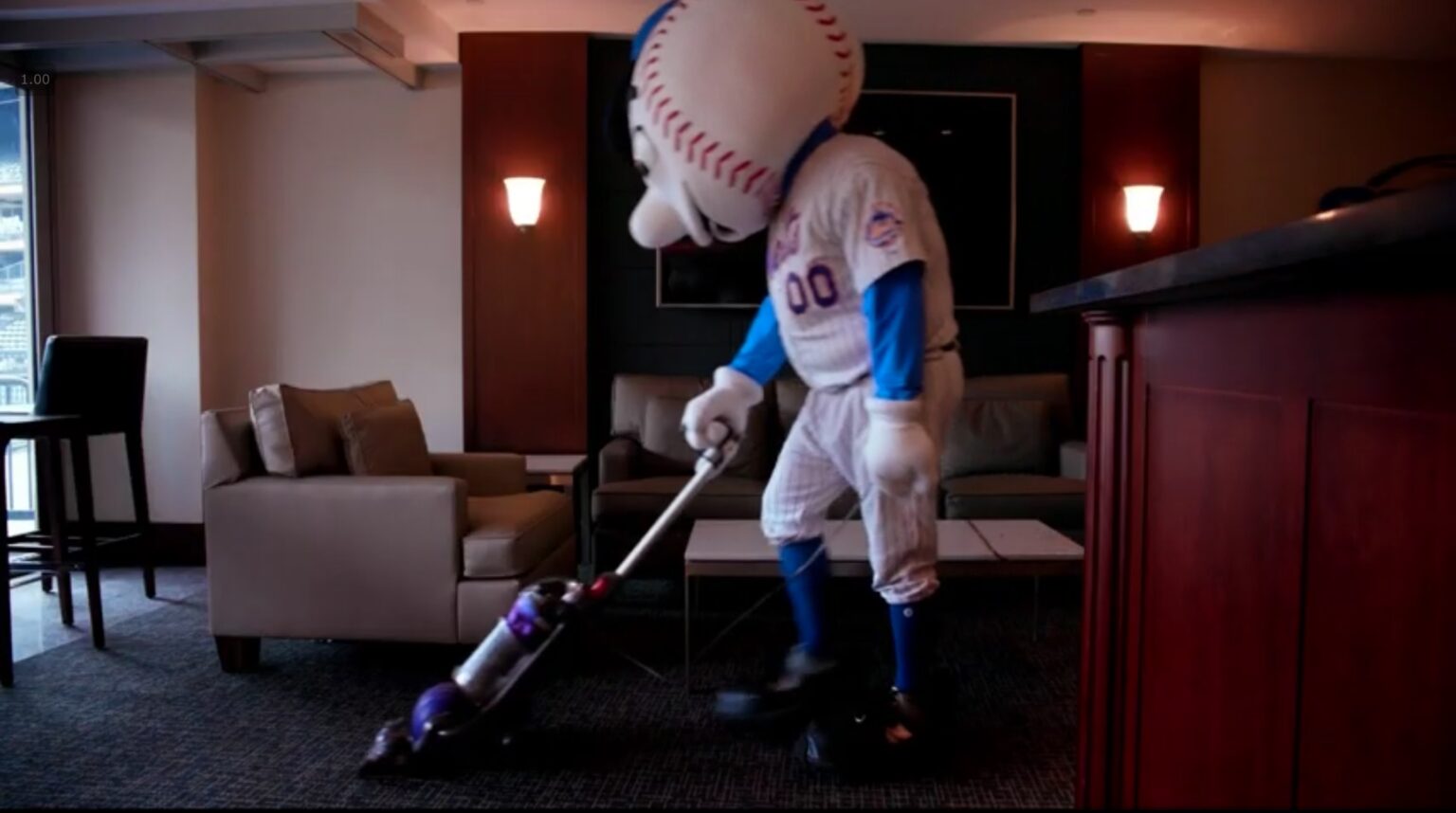
Our old friend @ceetar – you know him, likely drinking a beer and talking about some “advanced” statistics – went to the Mets game.
He stopped off at Ebbs to see what they were selling.
Hey Ebbs has two Mets themed cocktails, step up. pic.twitter.com/RaoGXfK0Fu
— Michael (@Ceetar) April 11, 2023
So my opinion on the Polar Bear Palmer – it’s overrated. You would be fine getting rid of that and having a comparable beer and you could probably get a pitcher with it.
Then he headed off to Formerly McFadden’s which seems to be The Land Of Bad Decisions. This dude got a BLACK Lindor jersey? Dude, want me to spit in your beer for you?
K Korner is the same trash it was, don't bother pic.twitter.com/WBkPTsKTPN
— Michael (@Ceetar) April 11, 2023

Continuing the alcohol inspired tour, @ceetar may not like t-shirts, but he likes watching games from as far away as possible.
New standing bar area nice though pic.twitter.com/QlKKwQaw9m
— Michael (@Ceetar) April 11, 2023
3000 beer calories weren’t enough, so why not eat this monstrosity.
Fine I’ll try it pic.twitter.com/iBjSgBz3dL
— Michael (@Ceetar) April 11, 2023
Time for some more beer while looking up someone’s xFIP
Dogfish head citrus squall pic.twitter.com/BzNTyJy3Yx
— Michael (@Ceetar) April 11, 2023
He said something about a scoreboard but I was distracted by all the bright red ribbon boards which have RUINED Citi Field’s aesthetic but you guys are all Steve Cohen Apologists and won’t ever admit it.
Hey the Mets actually fixed the out of town scoreboard pic.twitter.com/gcYM01RmLx
— Michael (@Ceetar) April 11, 2023
@ceetar then praised the Elite Rich
The speakeasy seats actually look nice pic.twitter.com/BNn9YZB7oP
— Michael (@Ceetar) April 11, 2023
And as for the overrated giant scoreboard advertising delivery device that even GKR aren’t shilling for
Okay, it’s huge, but it wasn’t small before. This is just a bigger font, not like their is more info pic.twitter.com/qNKsTZbg2t
— Michael (@Ceetar) April 11, 2023
@ceetar went shopping – the Mets are selling Wrong Font Valentine jerseys for some reason. Guys, it was a quarter century ago and they didn’t even win a division title.
Still need a black Mets Valentine jersey? pic.twitter.com/a8CauQWojM
— Michael (@Ceetar) April 11, 2023
It seems Citi Field is as fan friendly as ever.
In case you wanted to SRO Citi field in the deep outfield on the top deck where no one is sitting, be warned you will be yelled at if you’re in front of this staircase pic.twitter.com/JC3KcZnDZV
— Michael (@Ceetar) April 12, 2023
I believe this next item is some sort of food.
— Michael (@Ceetar) April 12, 2023
And the best part about attending games – you can’t even see the netting!
— Michael (@Ceetar) April 12, 2023
Thanks Ceetar!




